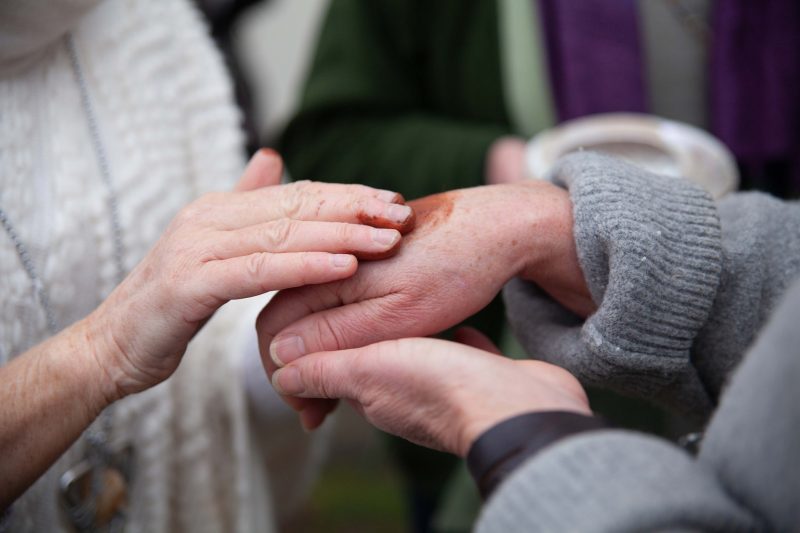
The Huon Valley Council acknowledges the Traditional Custodians of the South East Nation, the Melukerdee people of the Huon River and the Lyluequonny people of the Far South. We recognise their continuing connection to land, water and culture, and pay our respects to their Elders past, present and emerging.
We are committed to making a meaningful impact in Australia’s reconciliation journey. One of the steps we have taken to do this is by developing a Reconciliation Action Plan (RAP).
We began this journey in November 2019 with a significant engagement process, hearing the aspirations of the local Aboriginal and Torres Strait Islander community, the wider Huon Valley community, and our staff.
Meeting with and listening to the local Aboriginal and Torres Strait Islander community has been critical to creating something meaningful. The ideas and feedback received through this process directly shaped the actions set out in the plan.
At the end of 2021, both Reconciliation Australia and our Councillors endorsed the Huon Valley Council’s Reflect Reconciliation Action Plan.
Listening, Sharing Stories and Truth Telling
For too long, the voices of Aboriginal and Torres Strait Islander people have not been heard. We recognise the history and culture of the original local clans, the Melukerdee and Lyluequonny people of the South East Nation. We are taking this opportunity to listen and share the stories of the Tasmanian Aboriginal people and the wider Aboriginal and Torres Strait Islander community.
Included in the plan are meaningful and practical actions that build respect, relationships and opportunities. Some of the key action ideas in the Reflect RAP include:
- Connect the community through local Aboriginal cultural experiences.
- Support Aboriginal cultural awareness and competency training.
- Show respect through actions such as Acknowledgements of Country and flying the Aboriginal flag.
- Consult with Aboriginal staff and community members about projects that impact on them.
- Create a dedicated Aboriginal and Torres Strait Islander liaison role within Council.
- Consider dual naming using local language.
- Share local Aboriginal histories and cultures to all in an inclusive and accessible way (interpretation signage, displays, films, exhibitions).
Our vision for reconciliation is that all who live on this land acknowledge our shared history, and move forward together in a respectful way.
We understand that the journey to reconciliation is ongoing, and the Reflect RAP provides us with an opportunity to learn and build our capacity for reconciliation that will prepare us for the journey ahead.
The Local Aboriginal Culture
The Huon Valley was originally home to the Melukerdee and Lyluequonny people of the South East Nation, who remain the traditional custodians of this land. Neighbouring clans of the South East Nation include the Nuenonne people of Bruny Island and the Muwinina people of Hobart. The Huon Valley’s residents who identify as Aboriginal or Torres Strait Islander is higher than the state average, and sits at 9.3% of the population.
The Stories
Working with the local Aboriginal community, we are sharing stories of the local Aboriginal culture and history. These films capture the diverse stories of life among people living in the Huon Valley.
The films are all available to watch on our YouTube channel.
NAIDOC Week Opening 2021
Being part of an Aboriginal Family
Indigenous Fire Practitioner, Jason Smith shares his experiences of traditional burning with the Huon Valley community.
Auntie Sheryl Talks series
The Uluru Statement from the Heart
In May 2017, over 250 Aboriginal and Torres Strait Islander Delegates from all points of the Southern Sky gathered in Mutitjulu in the shadow of Uluru and put their signatures on a historic statement.
The Uluru Statement from The Heart addressed to the Australian people invited the nation to create a better future via the proposal of key reform.
Learn more about how you can add your voice: Home – Uluru Statement from the Heart
Learning More..
The Orb is a collection of online resources to assist the teaching of Tasmanian Aboriginal histories and cultures. It is a dynamic project and will be regularly updated with new resources.

